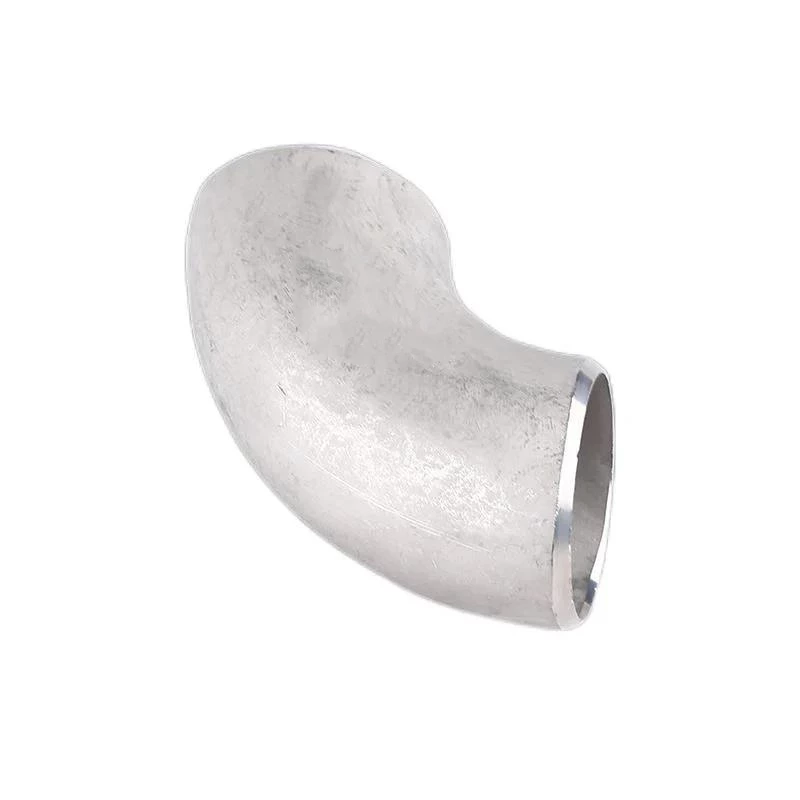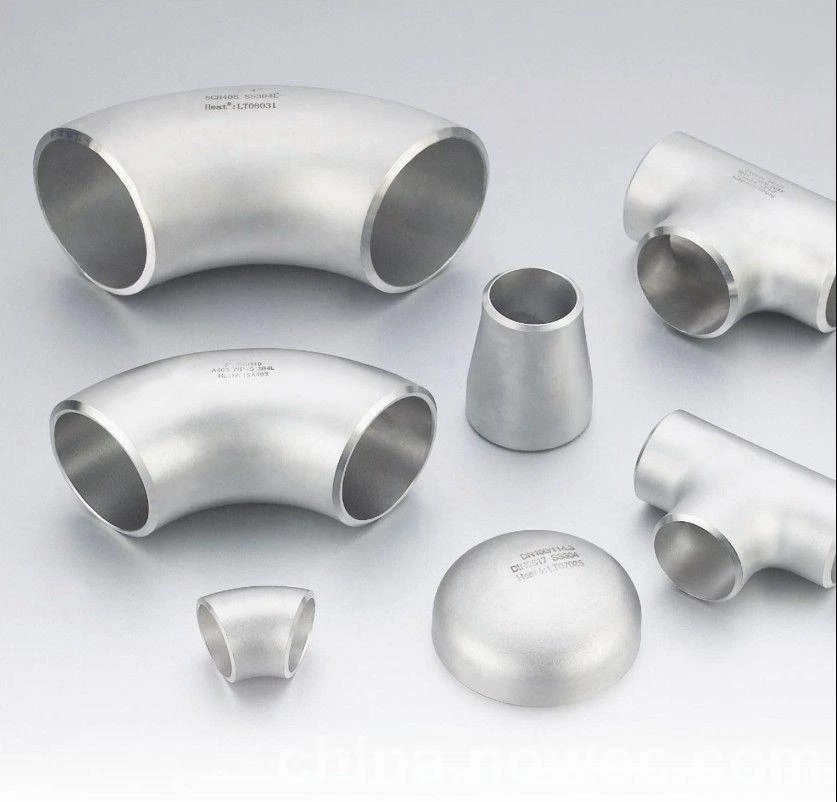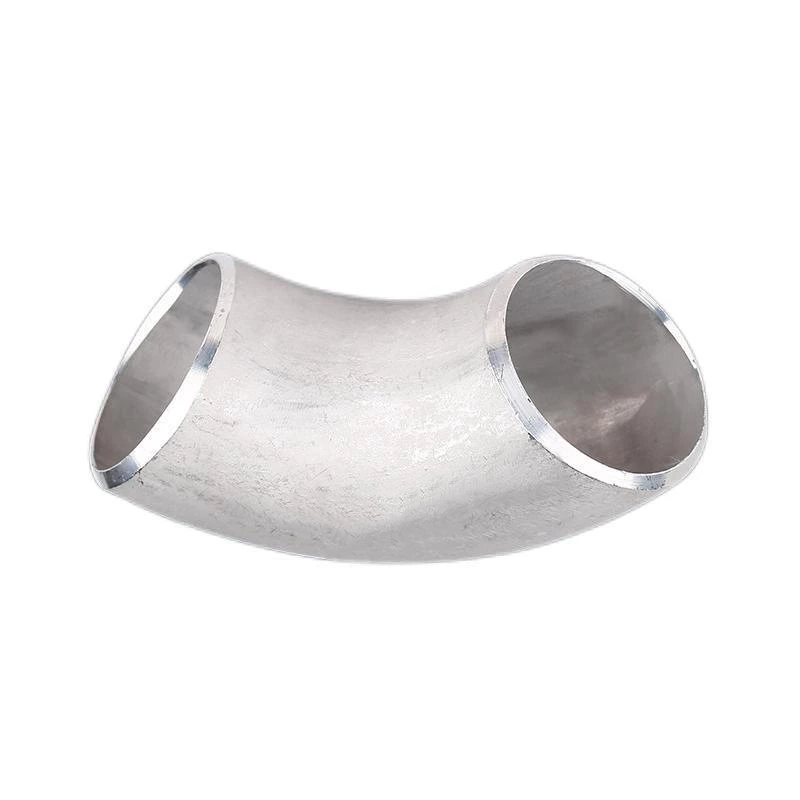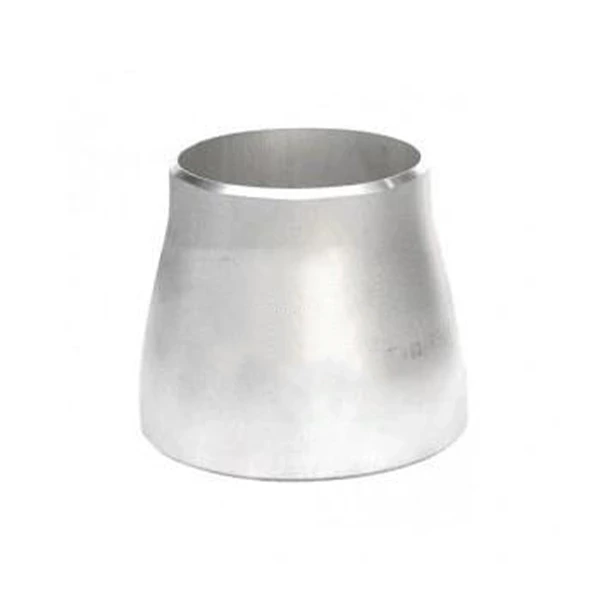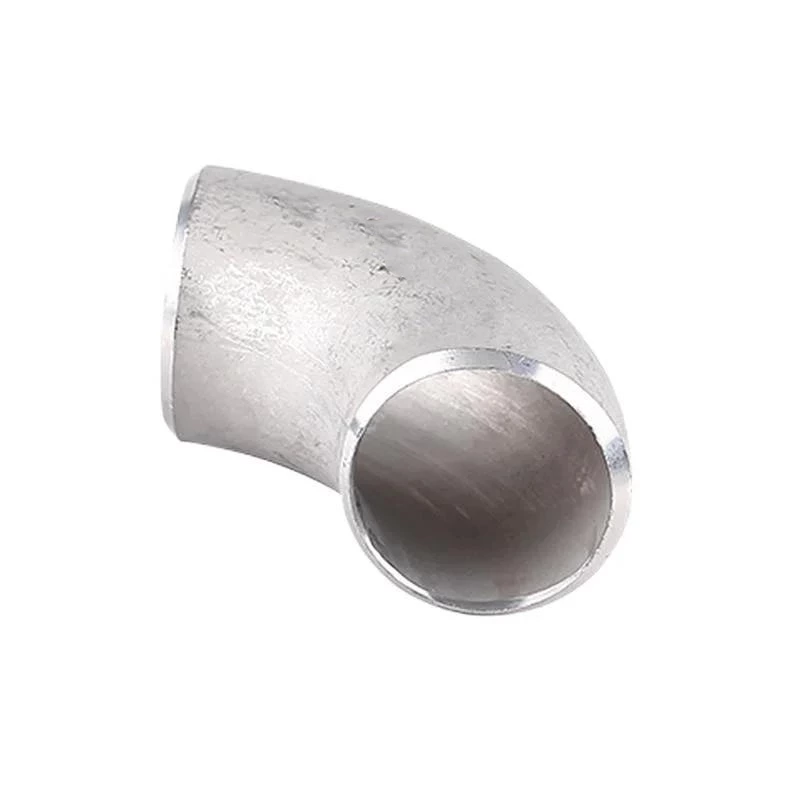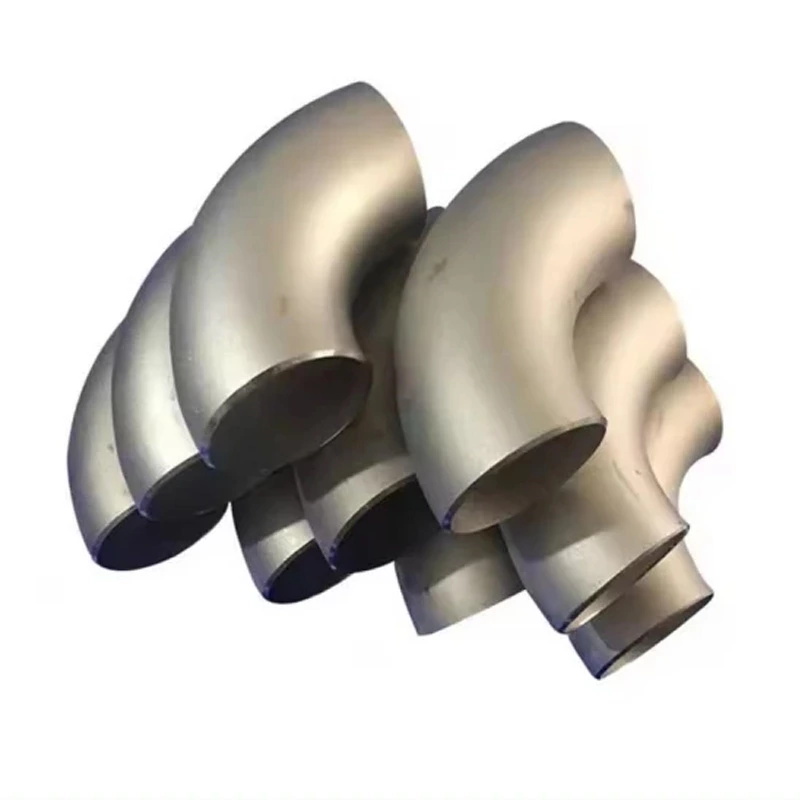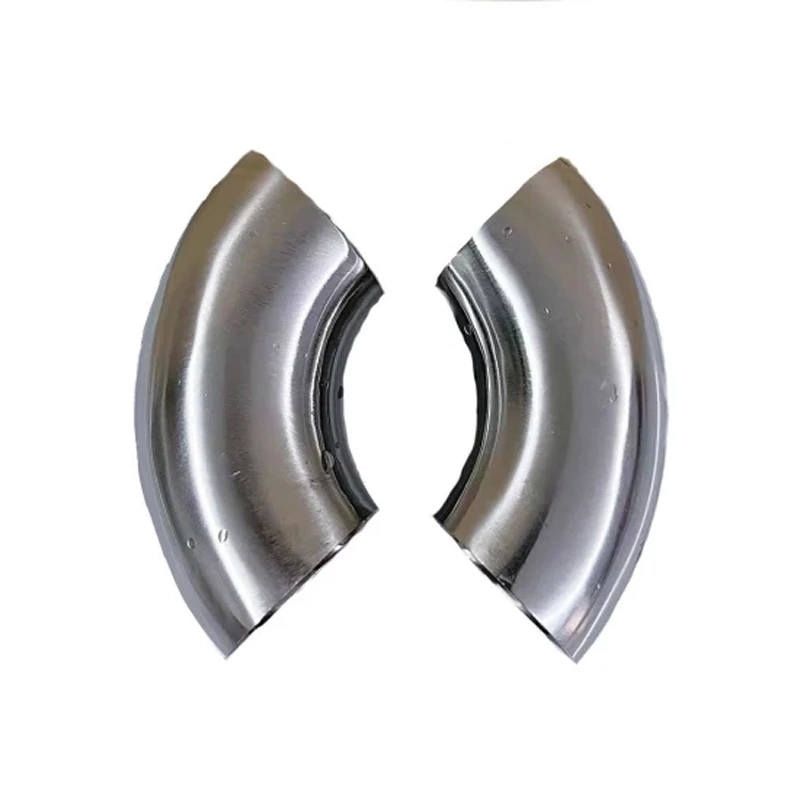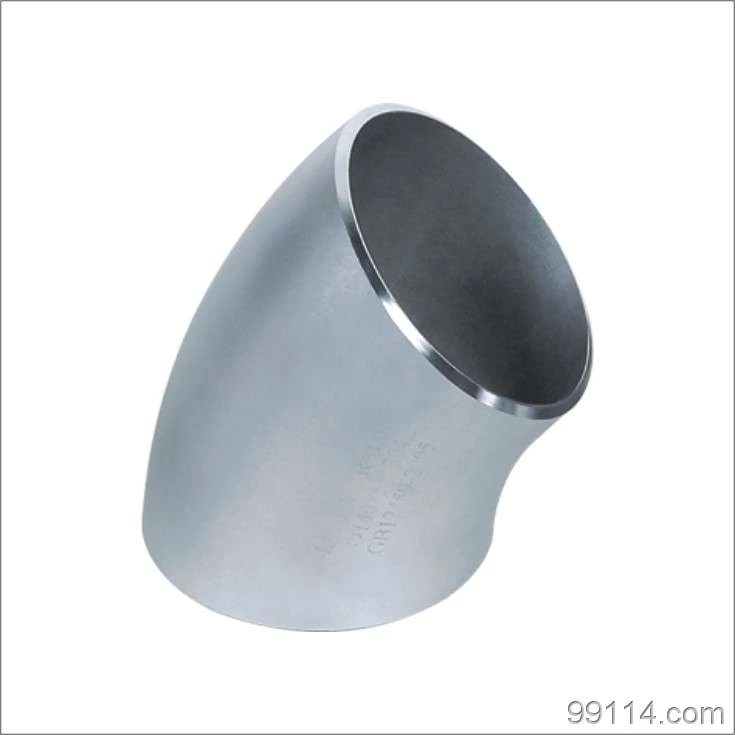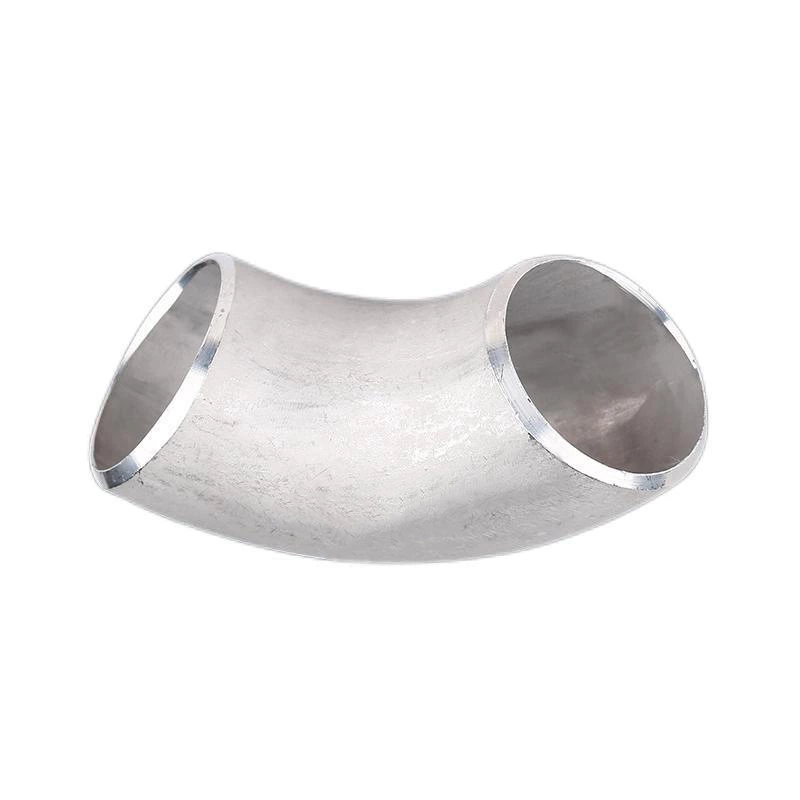Common Process Detection Methods For Stainless Steel Stamping Elbows
Stamped elbows are widely used. Ordinary bronze alloy thick-walled stamped elbows are more common in general tap water pipes, but with the improvement of living standards, many tap water pipes have switched to stainless steel elbows. Manganese steel alloy thick-walled stamped elbows are usually used in concrete conveying pipes, mud conveying pipes and other pipes with severe wear and consumption because manganese steel has excellent performance in withstanding impact, extrusion, material wear, etc. High manganese steel alloy thick-walled stamped elbows are used in pipes with intense fluid flow and good impact; nickel steel alloy thick-walled stamped elbows are usually used in normal temperature conveying pipes of high-concentration oxidizing acids (nitric acid, sulfuric acid), but will be severely corroded in conveying pipes of reducing acids (hydrochloric acid, dilute sulfuric acid, etc.), unless the concentration of hydrochloric acid is very low; martensitic alloy thick-walled stamped elbows have good high-temperature strength, chemical reactivity resistance and water vapor corrosion resistance below 650℃, but poor weldability. Therefore, they are often used in high-temperature steam conveying pipes and water-gas pipes.
The manufacturing method of Stainless Steel Weld Elbow is hot push forming. The elbow forming process is to use an elbow pusher, a core mold and a heating device to make the blank on the mold move forward under the push of the pusher, and be heated, expanded and bent during the movement. The deformation characteristics of the elbow are to determine the diameter of the tube blank according to the law that the volume of the metal material remains unchanged before and after plastic deformation. The diameter of the tube blank used is smaller than the diameter of the elbow. The deformation process of the blank is controlled by the core mold, so that the compressed metal at the inner arc flows and compensates to other parts that are thinned due to the expansion of the diameter, thereby forming an elbow with uniform wall thickness.
What are the common process detection methods for stamping elbows? Below, we will introduce it to you in detail:
1. Pipe bending test: bend the sample to a regular degree at the center of the grooved bend to check the ability of the elbow to withstand bending plastic deformation and show its defects;
2. Pipe flattening test: flatten the metal pipe to a regular standard to check its plastic deformation ability and show its defects;
3. Pipe expansion test: press the top of the regular taper into one end of the metal pipe to expand the diameter evenly to the regular standard to check the ability of the elbow to radially expand plastic deformation and show its defects;
4. Repeated bending test: clamp one end of the sample. Repeated reverse bending of 90 degrees on the cylindrical surface of the regular radius to check the metal's ability to withstand repeated bending and show its defects;
5. Upset test: hammer or forge the sample of the regular standard. Check the ability of the alloy steel elbow to withstand upset plastic deformation at room temperature or hot conditions and show its defects. The upsetting test conducted at room temperature is called room temperature upsetting test, also known as cold upsetting test. The upsetting test conducted under hot conditions is called hot upsetting test;
6. Pipe curling test: Press the top of a regular shape into one end of the metal pipe to make the pipe wall roll evenly to the regular standard, check the ability of the pipe wall to accept the plastic deformation of the external roll and show its defects;
7. Pipe hydraulic test: The alloy steel elbow manufacturer fills the metal pipe with water or regular liquid, and accepts the regular pressure within the corresponding time to check the quality and strength of the elbow and show its defects;
8. Hardenability: refers to the ability of steel to accept quenching after austenitization, or the tendency of austenite to change to martensite, which is often explained by the depth of the hardened layer. The hardened layer refers to the distance from the surface to the semi-martensite layer. For alloy structural steel, the method for checking hardenability is mainly the standard structural steel end quenching test method in my country;
9. Machinability: The function of the elbow material when it is processed with cutting tools. When cutting or grinding, it is easy to achieve a relatively good surface processing accuracy, and the tool is not easy to wear, the chips are easy to fall off, and the cutting force is small, which all indicate that the metal material has good cutting processability;
10. Bending test: Use a regular standard bending center to bend the sample to a regular degree to check the metal's ability to withstand bending plastic deformation and reveal its defects. Generally, the bending center diameter standard and bending angle and the requirements for the surface of the bending part should be specified.
